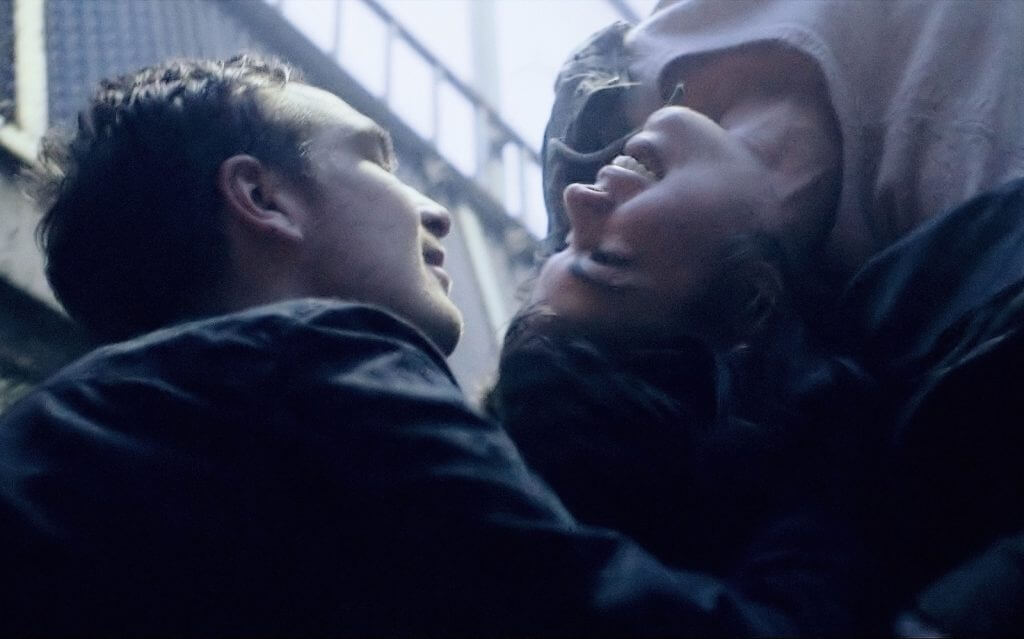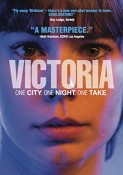
We open on a young woman, possibly alone, dancing in a nightclub with strobe lights ominously flashing around her. On the way out of the club she runs into four cheeky German men. The men talk and goof around with our female protagonist, and then ask her to come hang out with them, to which she concedes. This happens in about the first 10 minutes of the movie, but everything that happens afterward is a direct consequence of that one impulsive late night decision.
At this point in the film we learn that the titular character, Victoria, is from Spain and has been temporarily living in Berlin. Her German isn’t very good, but her English is passable. She shares some drinks with her new friends, and strikes up a flirtation with one of them. But what starts out as light-hearted hijinks at 4:30am eventually swerves into darker and more dangerous territory, as Victoria is coerced into participating in her German companions’ dangerous plans.

While the plot may sound like your standard issue crime drama — with an innocent finding herself in the wrong place/time with the wrong people — Victoria turns out to be something a little different. This is largely due to the thrilling and unusual way it was filmed, with everything we see on screen being captured in a single shot. That’s right, no cuts. Films such as Birdman and Rope are lauded for being shot in long takes that are then cut together to feel like everything is happening in one take, but very few movies are actually shot using one long take (a couple that come to mind are Russian Ark and Timecode).
In interviews the director has talked about his process, and the challenges of filming an over 2-hour movie (it clocks in at 138 minutes) in over 20 different locations throughout the city of Berlin; because there are no cuts, and no edits, the director and actors must have constantly felt like they were walking on a tightrope, just hoping that some random person on the streets of Berlin wasn’t going to mess up a scene. In the end, Victoria was filmed three time (after much rehearsing) and then the best take was chosen as the eventual film. The “one take” filming process could be viewed as a stunt, but in this case, I think it really works to serve the story. The tension built from the tightrope walk of the actors and filming crew adds to the ratcheting tension of the story line, as Victoria is drawn into more and more dangerous situations.
Still, even with the tense story line, my favorite thing about this movie has to be the performances – especially the astounding lead performance from relative newcomer Laia Costa. She won the Best Actress award at last year’s German Film Awards, and boy did she earn it. There is not a single scene in Victoria where she is not present, and the movie would simply not work without her performance.
If you’re a fan of foreign or independent cinema, you should absolutely see this movie. Or, even if you’re not and you just want to experience something a little different, I recommend giving Victoria a try.
What about you, dear readers? Have you watched anything good recently? What do you recommend?
Happy viewing,
Tara
Victoria
Request a copy of Victoria today!Tara is a Librarian in the Music, Film & Audio Department, and loves to make film & book recommendations. Some of her interests include gardening, cookbooks, foreign films, comedy albums and devastating literary fiction.

